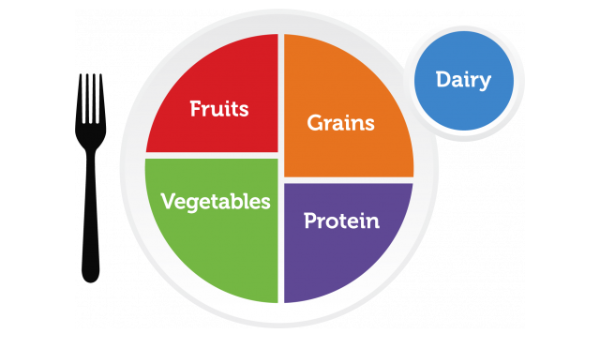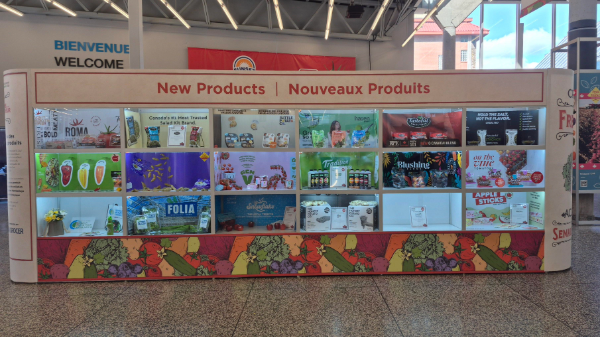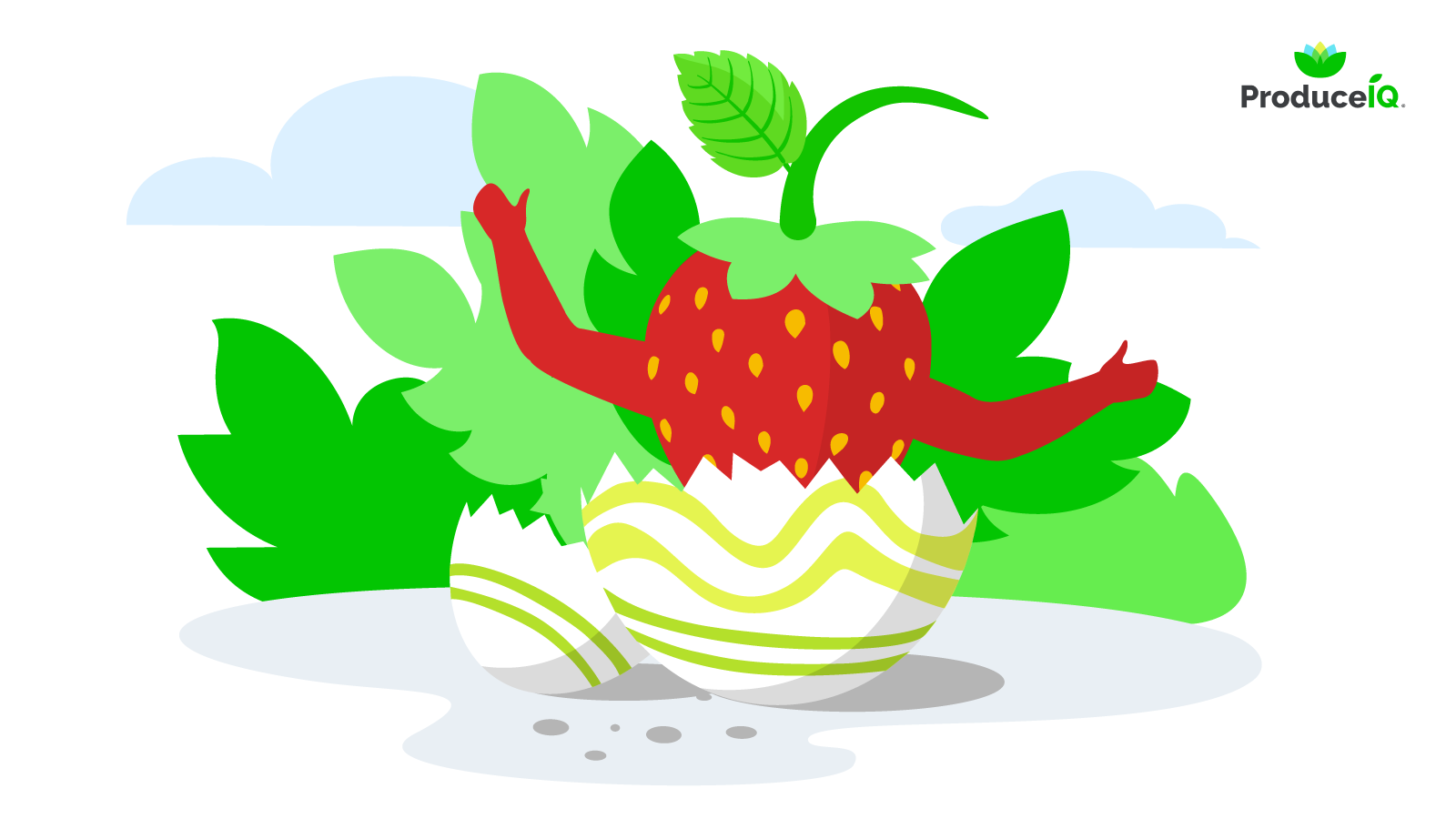Welcome to Blue Book!
Are you ready to join the thousands of companies who rely on Blue Book to drive smarter decisions? View our plans and get started today!
Still have questions? We’d love to show you what Blue Book can do for you. Drop us a line– we’ve been waiting for you.
My theory: cooking is an art form on a par with all of the others in human civilization. But it’s not recognized as such because its creations are so impermanent.
Take Auguste Escoffier, father of modern French cuisine. He lived from 1846 to 1935. No one still alive (probably) has ever tasted his cooking. Plenty of recipes survive, but they are not the exact same thing as a dish he actually cooked.
Then take Claude Monet, whose dates are 1840–1926, making him a contemporary of Escoffier’s. You can go to a museum and see his paintings more or less exactly as he painted them.
Which leads us to the subject of food as an art form. Since for some reason, this seems to be the Week of the Avocado (you can tell I’m no football fan), I’m drawn to the intricate avocado carvings of Daniele Barresi.
Barresi, now based in Sydney, Australia, grew up in a small town in Italy, whose beautiful environs inspired him to take up carving as an art form. His Instagram page shows examples of his carvings from watermelon, cantaloupe, and broccoli, among other produce treasures.
“I really love to carve, especially watermelons, because they remind me of my birth country,” he told art writer Emma Taggart.
“Because of their colors—green, red and white [the Italian tricolor]—and also because of their size. I can choose any design, even if it would take a while.”
But Barresi’s avocado carvings have garnered the most attention.
What tools does he use? Small knives with sharp pointed blades, we learn from one web article.
Incidentally, vegetable carving is regarded as among the oldest trades in Thailand, having originated there around 1364. It was a skill taught only in the highest levels of society, and along with having beauty and knowing etiquette, a woman was required to possess it. In 1939, it was introduced into the Thai school curriculum.
Barresi’s skill far surpasses vegetable carving as generally practiced in the United States, which is mostly limited to hacking a crude face like image on a pumpkin in October.
Barresi’s carvings have no more expectation of permanence than the dishes of Escoffier, although they can be enjoyed vicariously through photos.
I don’t know what Barresi will be tackling next, but I might suggest Romanesco cauliflower, which, with its Fibonacci spiral patterns, looks like a sculpture already.









